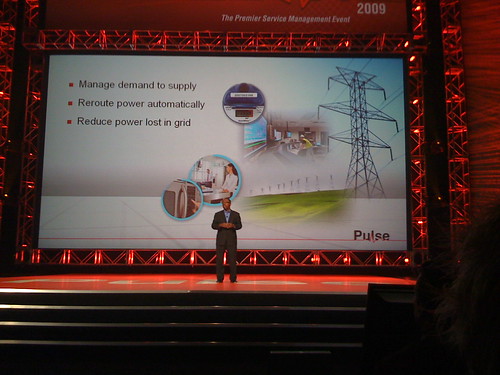-
Greentech Media | Instant Messenger of the Smart Grid
EnerNoc has released software that keeps air conditioners, motors and other devices in constant contact with its network operations center. It’s a first in “presence-enabled” technology for the smart grid, the company says.
-
‘Green’ lightbulbs poison workers – Times Online
In China, however, a heavy environmental price is being paid for the production of “green” lightbulbs in cost-cutting factories.
Large numbers of Chinese workers have been poisoned by mercury, which forms part of the compact fluorescent lightbulbs. A surge in foreign demand, set off by a European Union directive making these bulbs compulsory within three years, has also led to the reopening of mercury mines that have ruined the environment.
Posted from Diigo. The rest of my favorite links are here.



